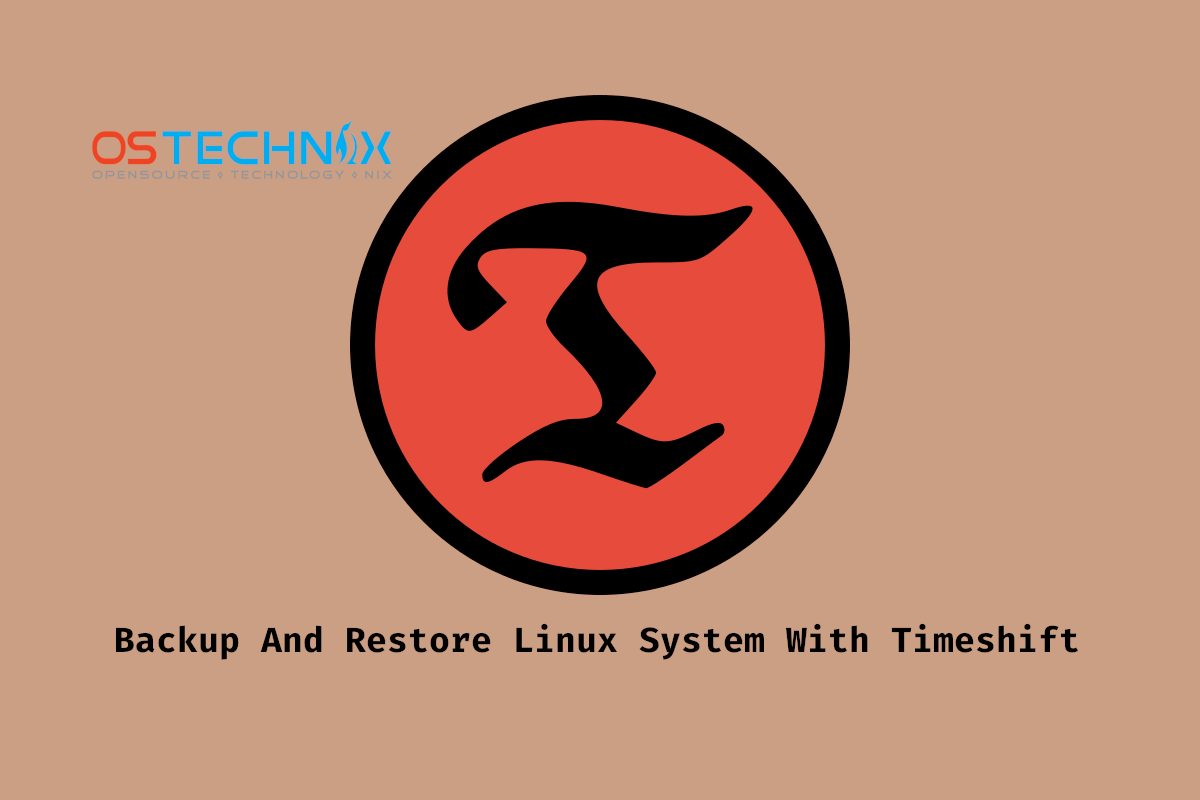

The following command will, as a short explanation, shrink that block to only be the Kali Live partition.Įnd=7GiB read start _ /mnt/my_usb/nf umount /dev/sdb3 Adding USB Persistence with LUKS EncryptionĪlternatively, you can create a LUKS-encrypted persistent storage area.
#Kali linux how to install timeshuft iso#
We have to do this from the command line as gparted will read the imaged ISO as a large block. First, let’s create the new partition in the empty space above our Kali Live partitions. Create and format an additional partition on the USB drive.This can be verified with the command fdisk -l. We’re going to assume that the two partitions created by the imaging are /dev/sdb1 and /dev/sdb2. First, begin by imaging the latest Kali Linux ISO to your USB drive.In this example, we’ll create a new partition to store our persistent data into, starting right above the second Kali Live partition and ending at 7GB, put an ext3 file system onto it, and create a nf file on the new partition. you are running on a separate Linux system (cannot be Live Boot Kali).your USB drive has a capacity of at least 8GB - the Kali Linux image takes over 3GB, and for this guide, we’ll be creating a new partition of about 4GB to store our persistent data in.You can switch to root using the command “sudo bash”.

You’ll need to have root privileges to do this procedure, or the ability to escalate your privileges with the command “sudo su”. To make use of the USB persistence options at boot time, you’ll need to do some additional setup on your “Kali Linux Live” USB drive this article will show you how. The persistent data is stored in its own partition on the USB drive, which can also be optionally LUKS-encrypted. This can be an extremely useful enhancement, and enables you to retain documents, collected testing results, configurations, etc., when running Kali Linux “Live” from the USB drive, even across different systems. Kali Linux “Live” has two options in the default boot menu which enable persistence - the preservation of data on the “Kali Live” USB drive - across reboots of “Kali Live”.


 0 kommentar(er)
0 kommentar(er)
